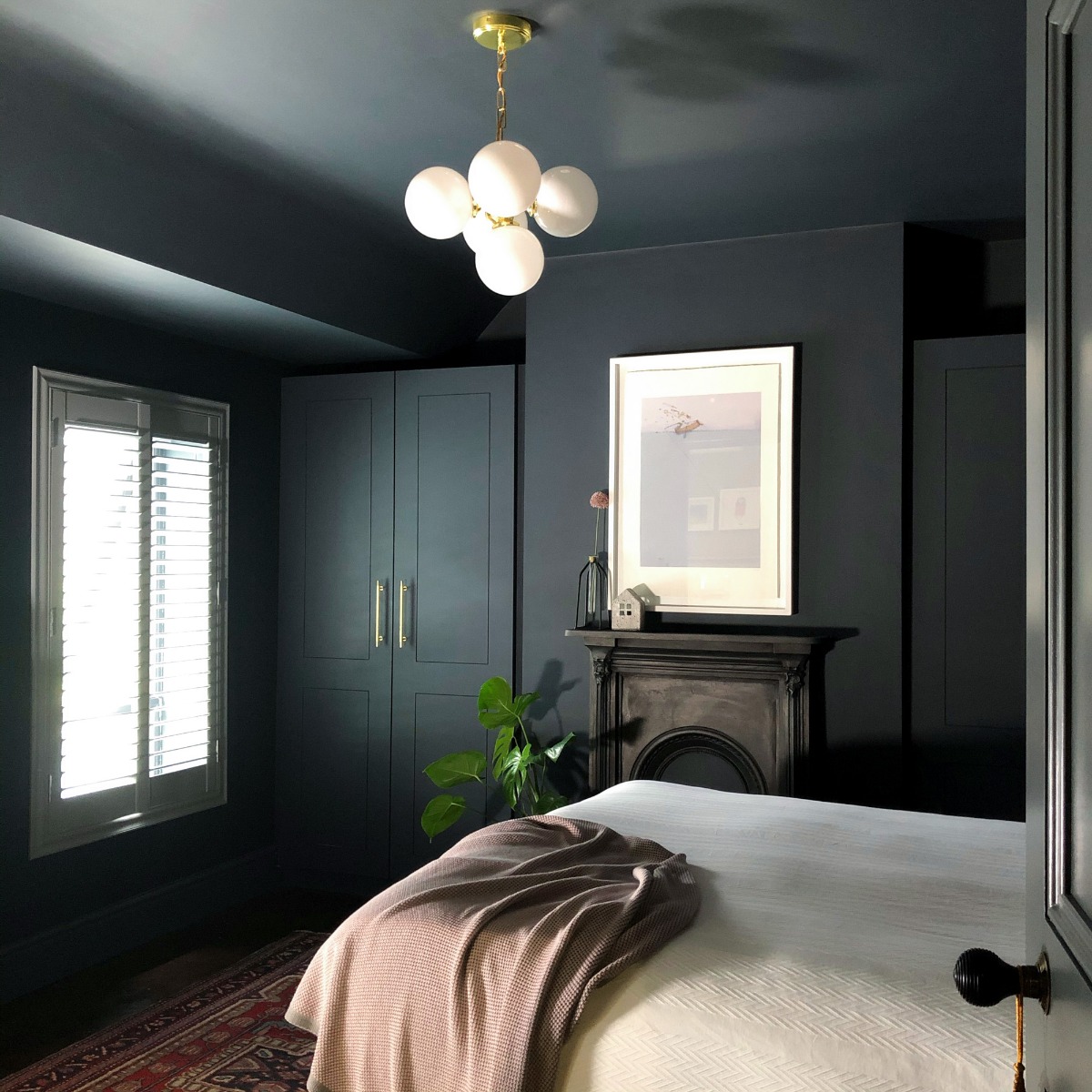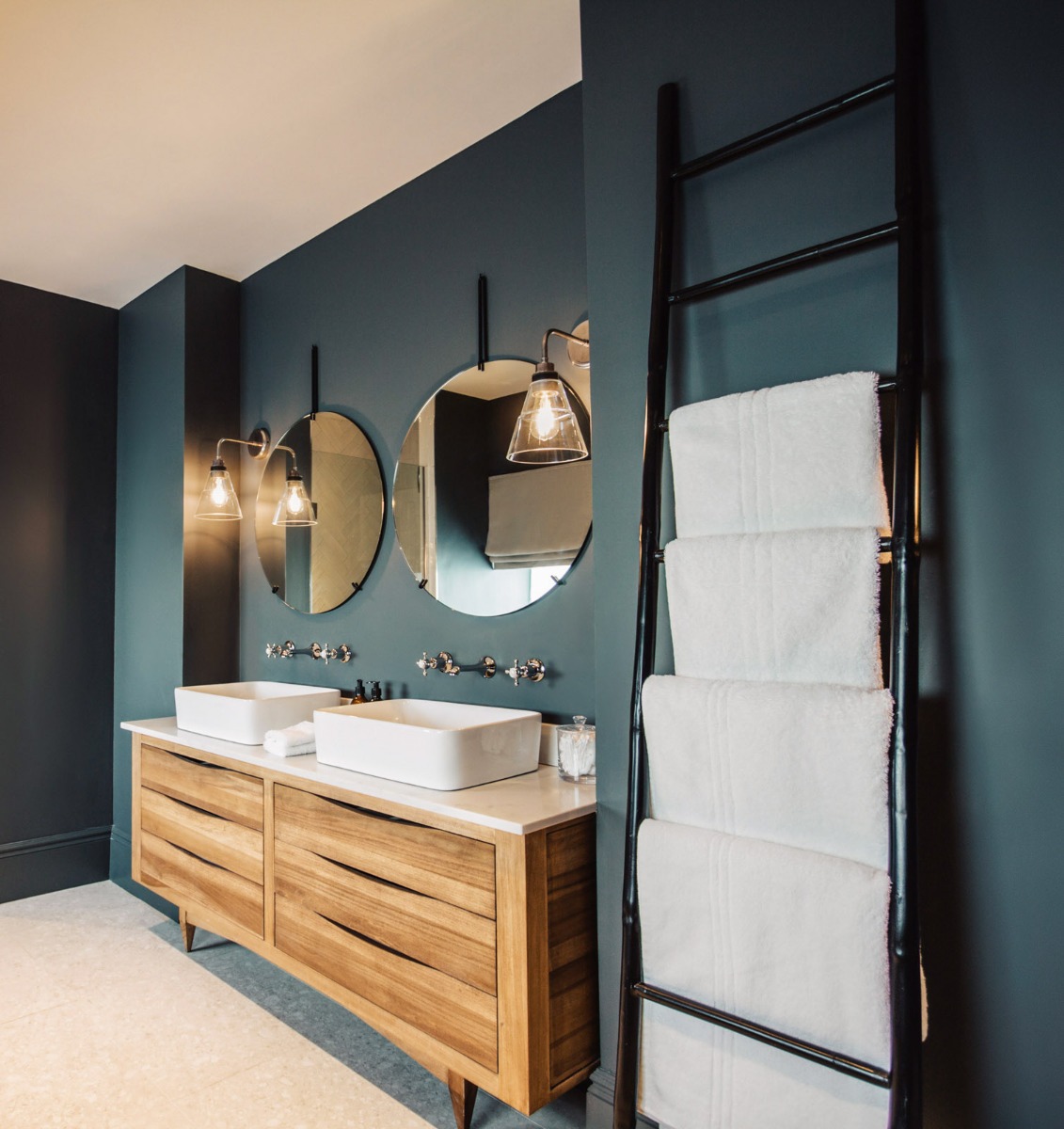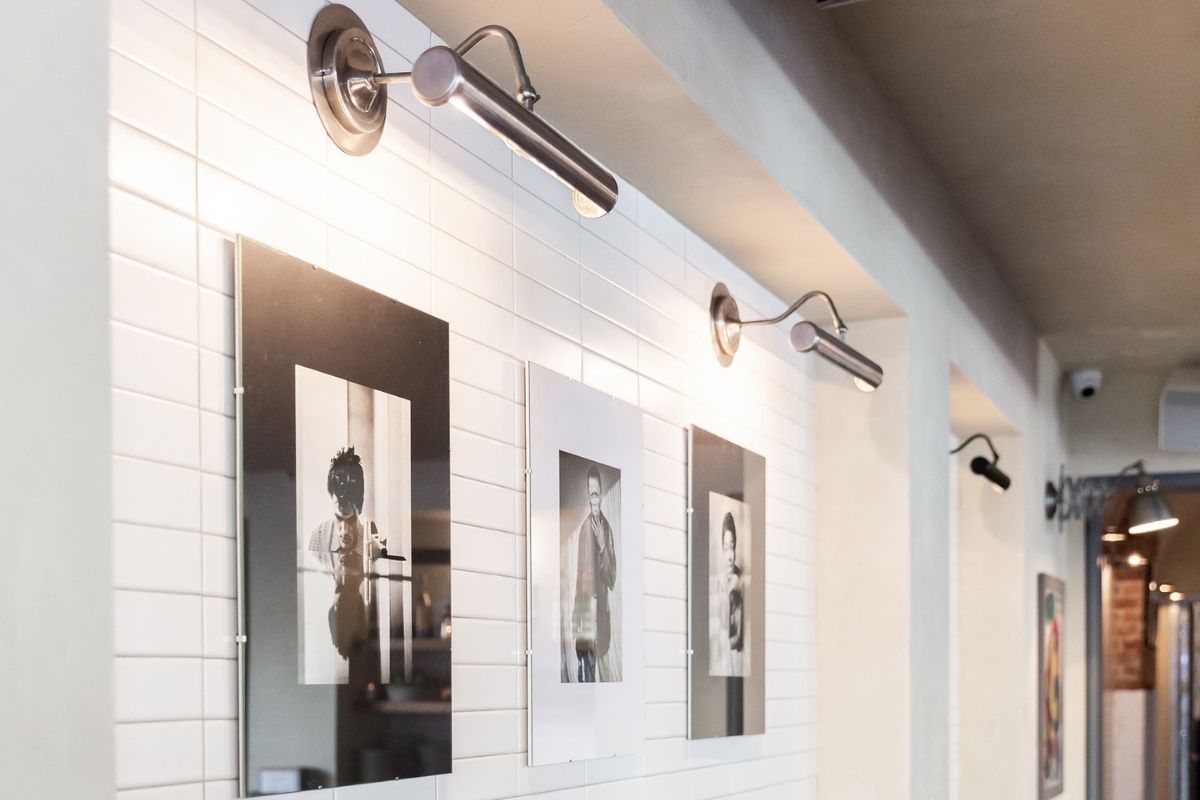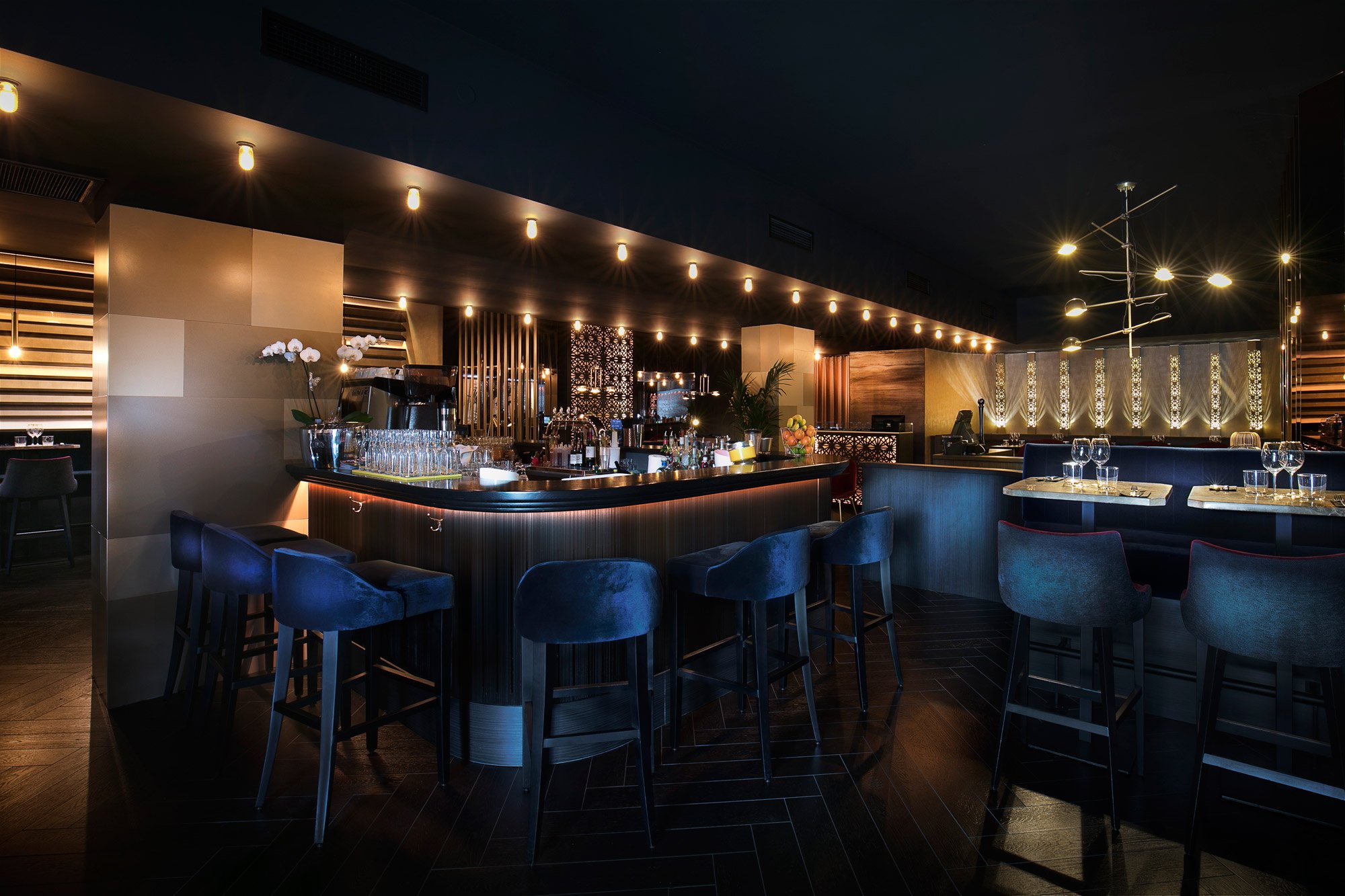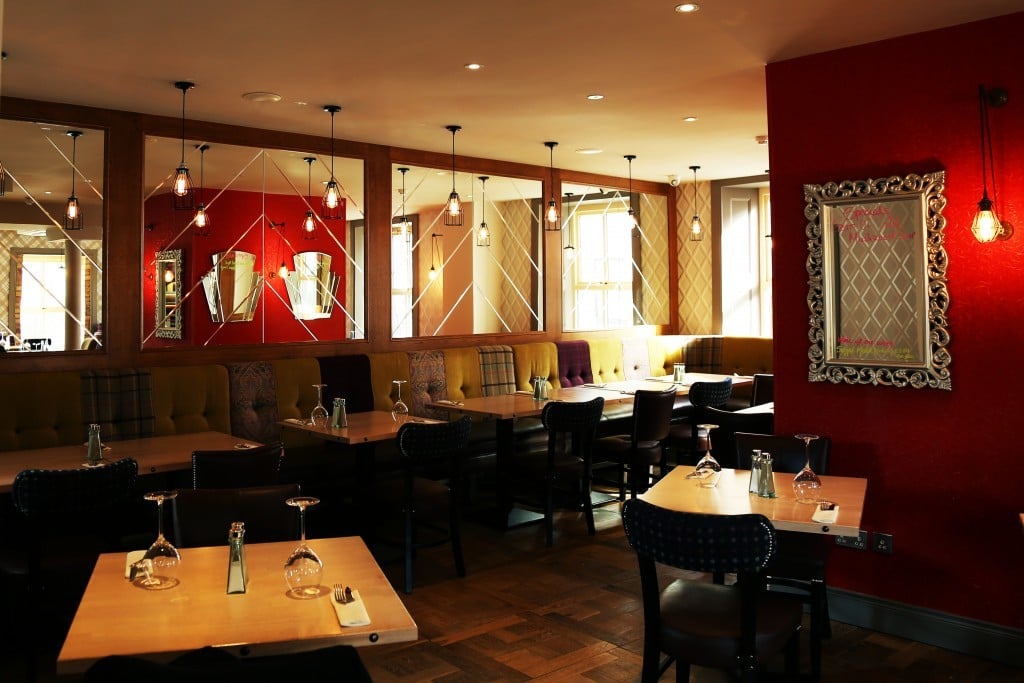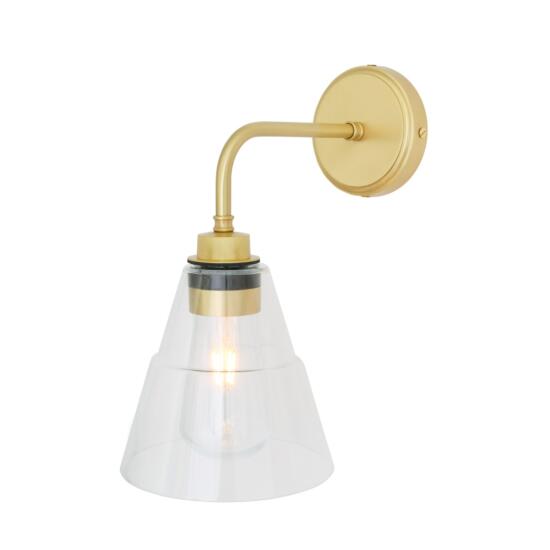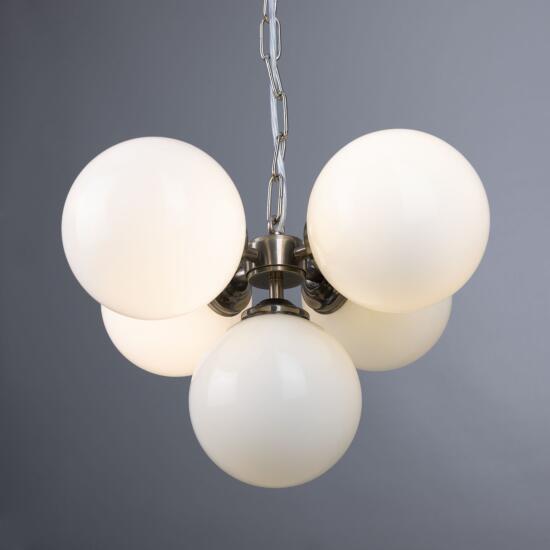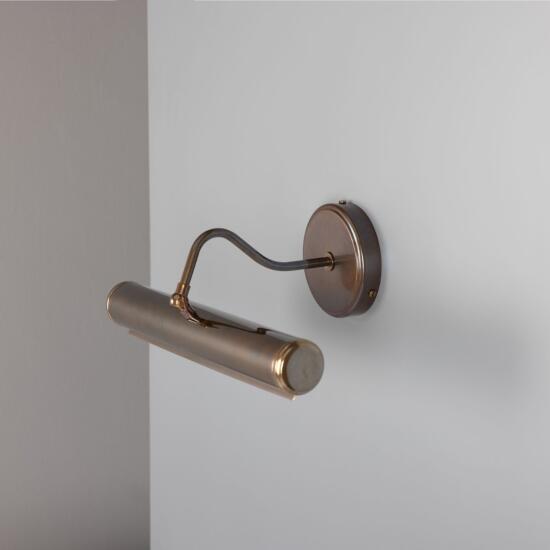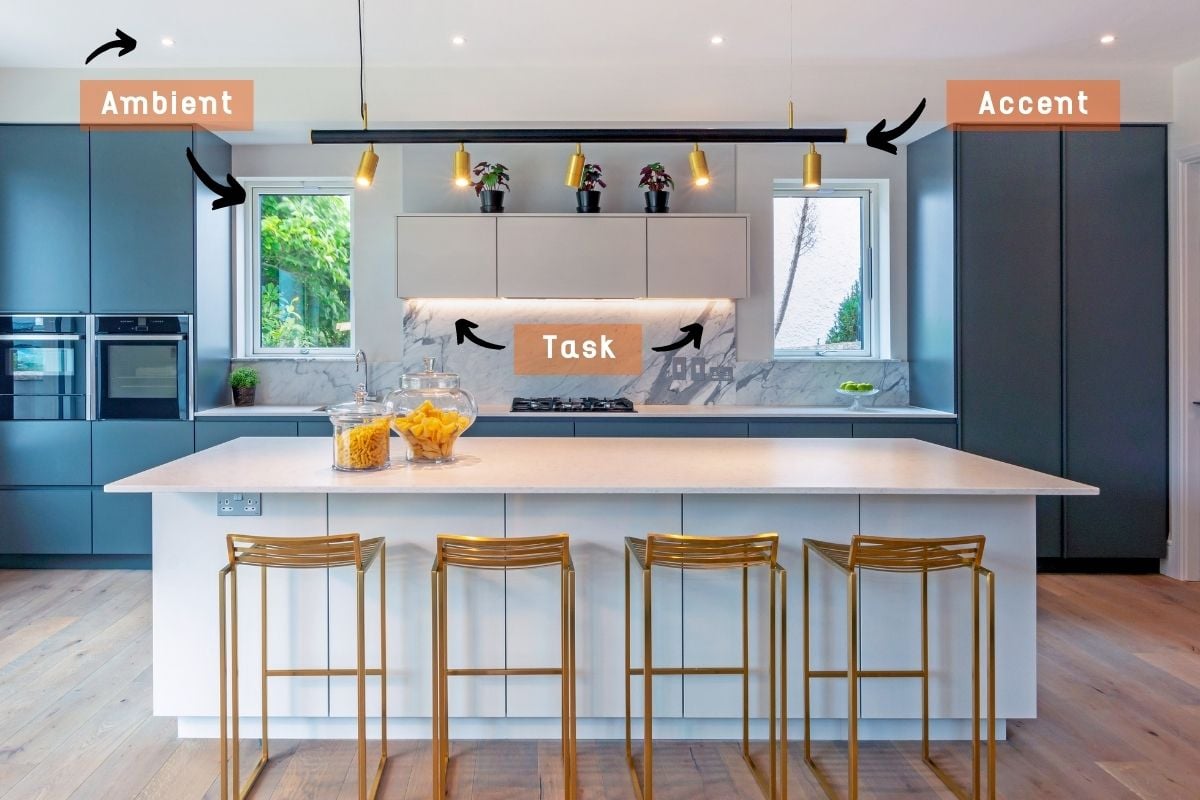
A Guide to Layering Light: The Secret to Good Lighting
Your home can be completely transformed by carefully selecting a range of different light sources.
The following lighting design fundamentals will help you achieve the look and atmosphere you want to feel in every room.
Whether it’s highlighting a collection of paintings or providing illumination that makes reading easier, layering light is the secret to creating consistent and seamless levels of light throughout a space.
So, how do you incorporate this lighting technique into your home?
The key is to find a balance of light and shadows in your desired space. There are three basic types of light sources that act as the foundation to any interior setting.
The following guide should help you understand the basics of lighting layers and how you can achieve this in your home.
Let’s start by identifying the three lighting layers.
1. Ambient Lighting
Yaounde chandelier in residential bedroom by Old Victorian New. Photography by Darran Heaney.
Ambient lighting is a term that refers to a room's overall illumination. In most households, for example, this is the ‘main’ light source that turns on by a simple flip of a switch.
Also known as ‘general lighting’, ambient lighting is often created using chandeliers, recessed and track lighting or a central flush ceiling light or pendant. Ambient lighting also includes the natural light sources that bring brightness into interiors through skylights, windows and glass doors.
Ambient lighting acts as the base layer. You will build both task and accent lighting on top of ambient lighting.
2. Task Lighting
Kairi glass wall light in bathroom suite of the Blonde Hedgehog Hotel. Design by Charlie Horner Design . Photography by Catherine Davis.
Task lighting is the light that you use on a daily basis. This form of lighting helps you perform focussed activities such as studying, cooking or applying makeup with ease.
However, task lighting can also be used to help dress a room, adding depth and interest. Together with both accent and ambient light fixtures, task lighting helps to create an overall decorative design to interiors.
Before deciding what task lights to include in your interior, you should highlight the key activities that take place in each room. This will help identify suitable light choices.
Some popular task lighting choices include:
- Table and desk lamps beside a sofa
- Swing arm lamps beside your bed
- Under cabinet lights in your kitchen
- Pendant lights over a kitchen island
- Vanity lights either side of a bathroom mirror
- Adjustable floor lamps
3. Accent Lighting
Elle picture lights in the Silver Light Tavern in New York by Silver Light Tavern
Accent lighting is used for aesthetic and decorative purposes. Accent lights help draw attention to specific areas and features including artwork, photographs, important furniture pieces and other points of interest within interiors.
Occasionally referred to as ’directional lighting’, accent lights don’t necessarily need to be functionable. Quite often you will find a scattering of floor lamps and pendants throughout interiors that will very subtly brighten dark patches just enough to provide an embracing ambience.
The accent lighting layer is the most subjective of the three but it also presents opportunities for creative expression.
Picture lights, decorative pendants, LED tape and floor lamps are some of the most popular accent lighting choices.
How do you tie the three layers together?
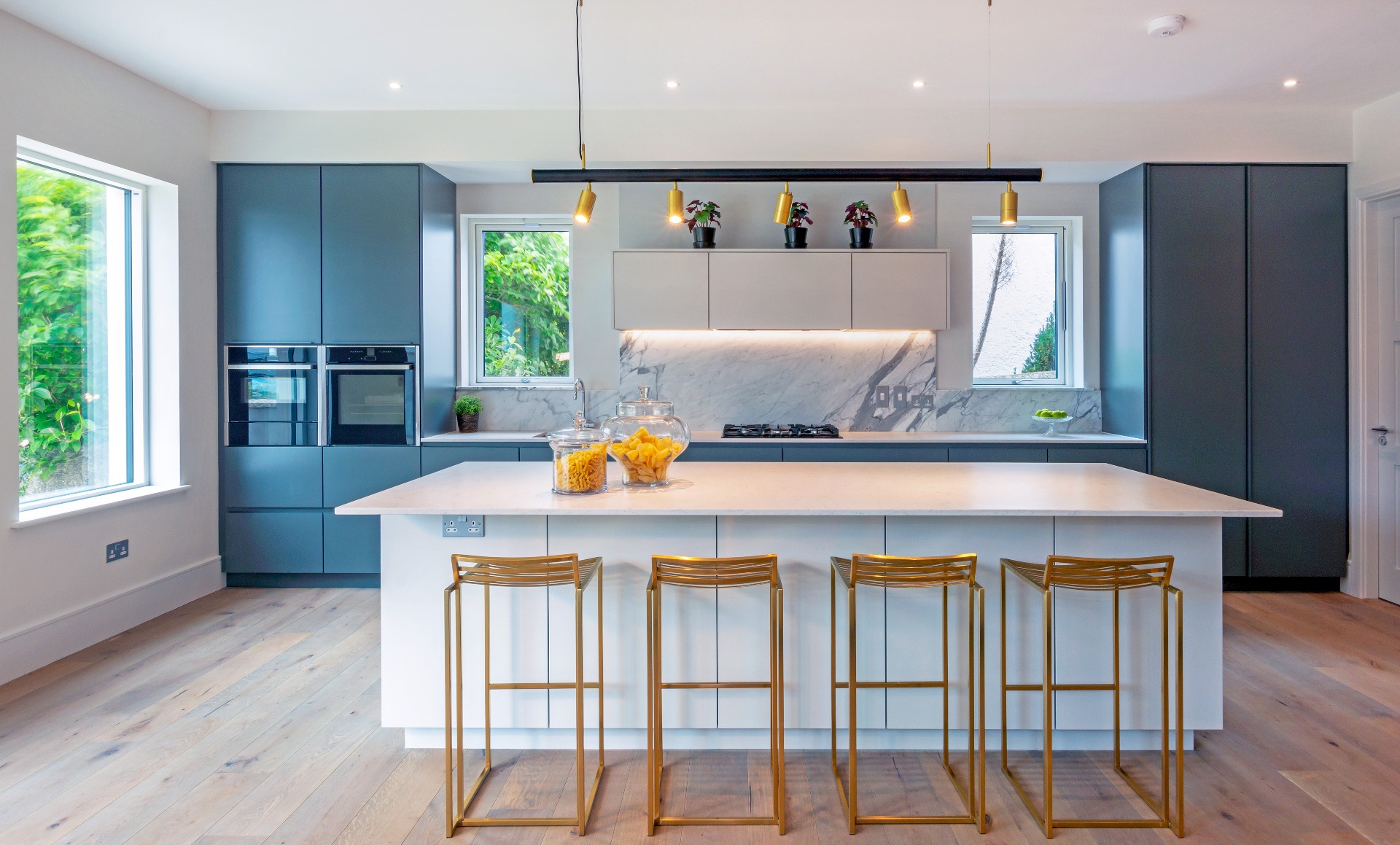
It is one thing knowing the function of each lighting layer, but how do you piece them all together?
The lightbulbs you use will have a big impact on what you accomplish with layering light layering. Choosing bulbs with either a cool (4000K or higher) or warm (2700-3000K) colour is a good starting point.
When you have the right lighting controls, changing the atmosphere of the room is easy. This refers to a central control system for turning light on and off, as well as dimming. Many systems allow you to set "moods" with the simple press of a button.
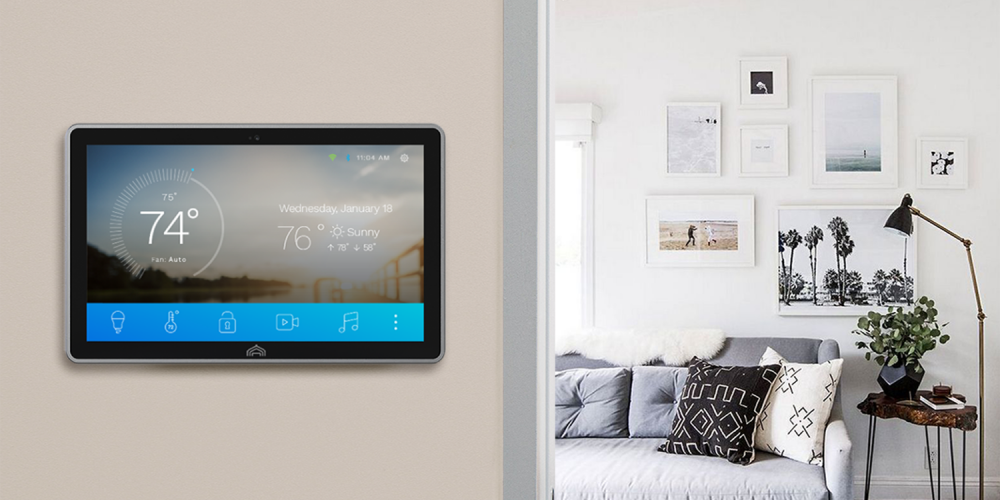
With all three layers of light implemented your interior should be safe to manoeuvre and work in while also appearing warm and relaxed.

